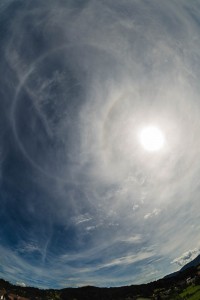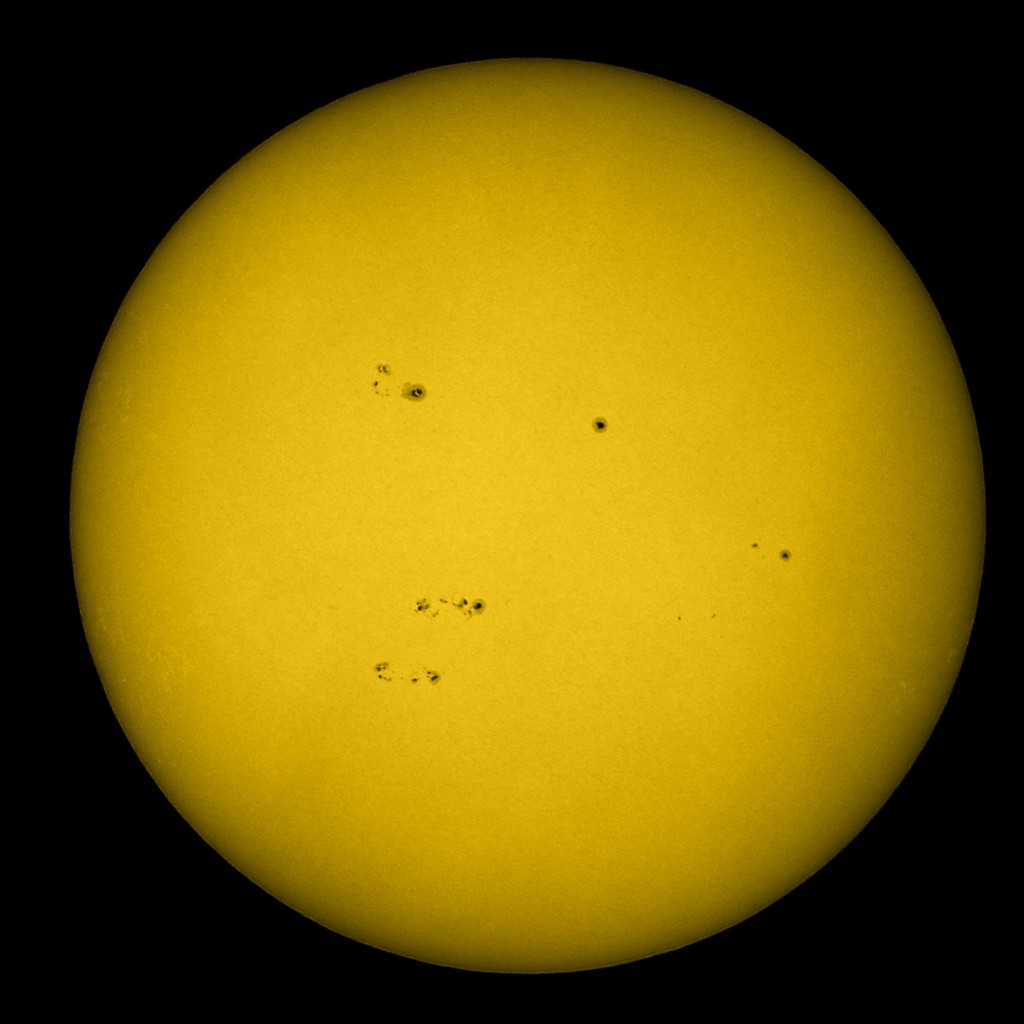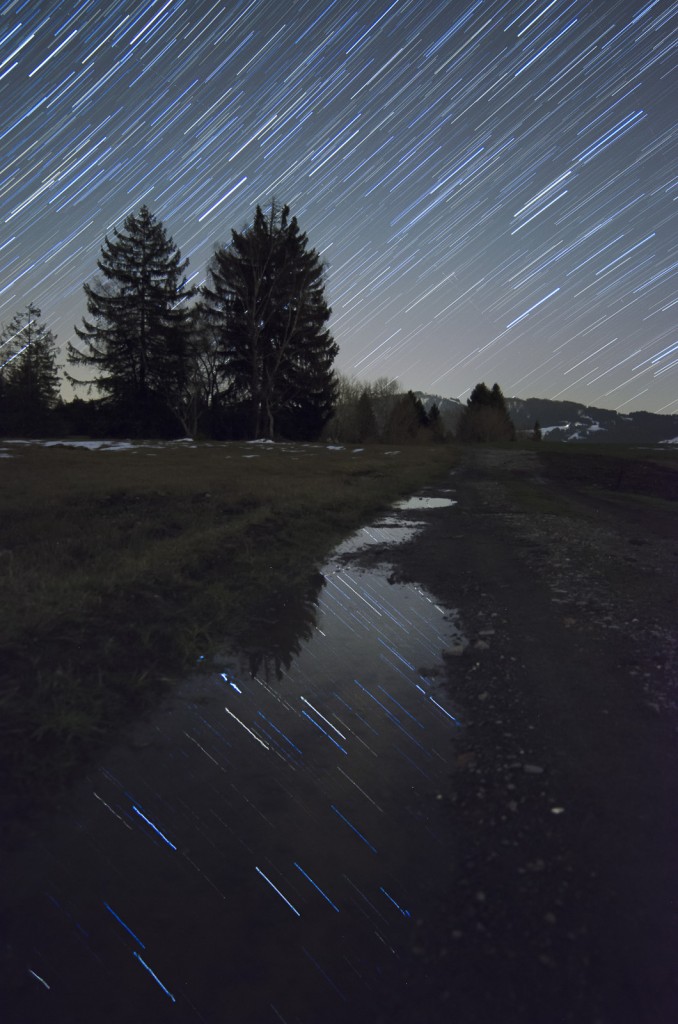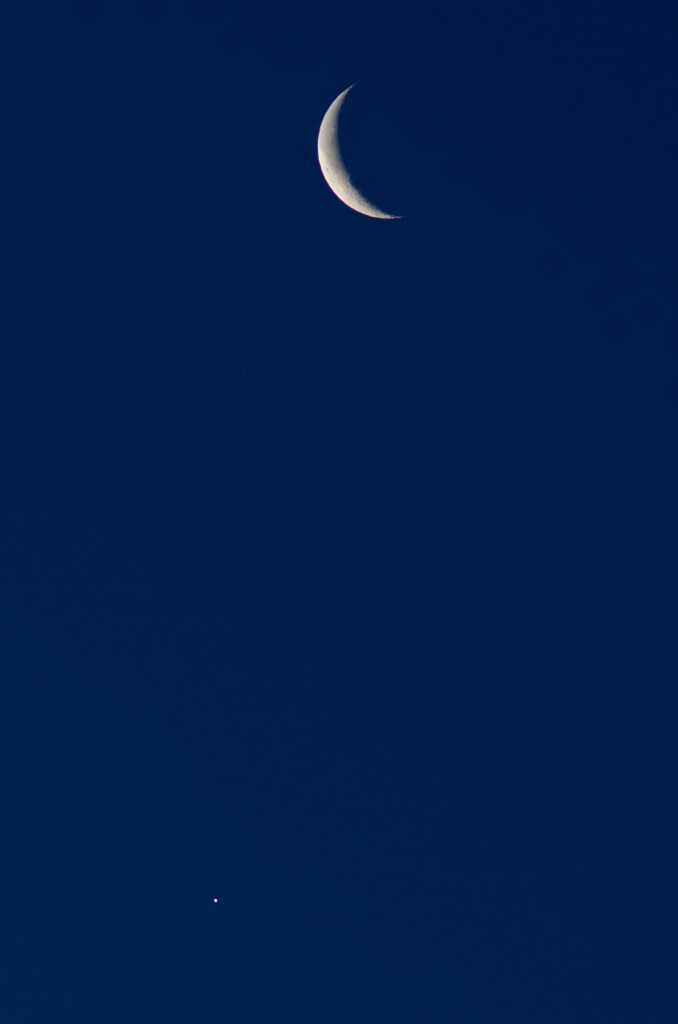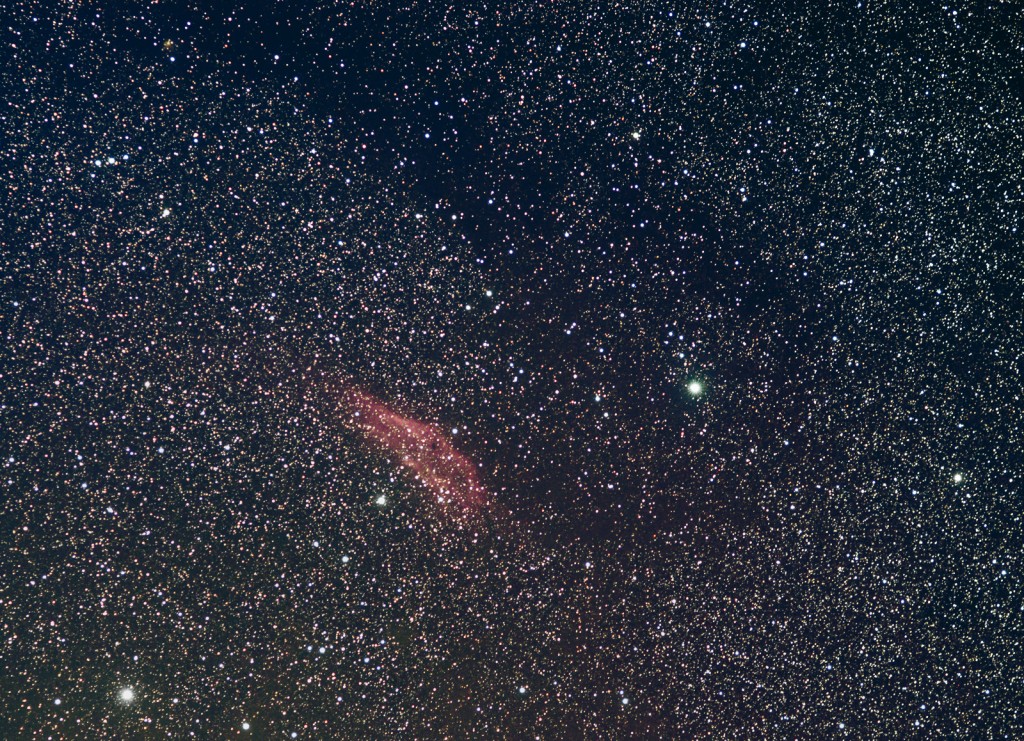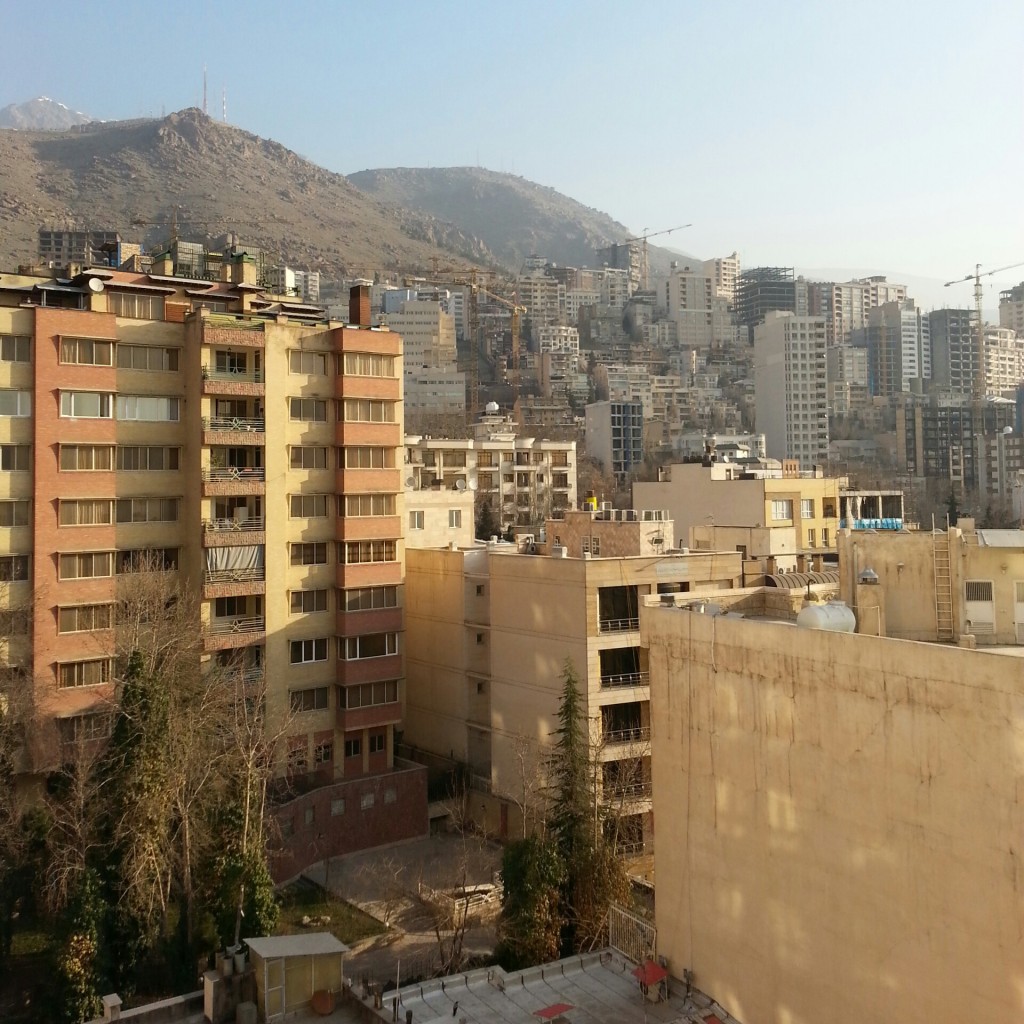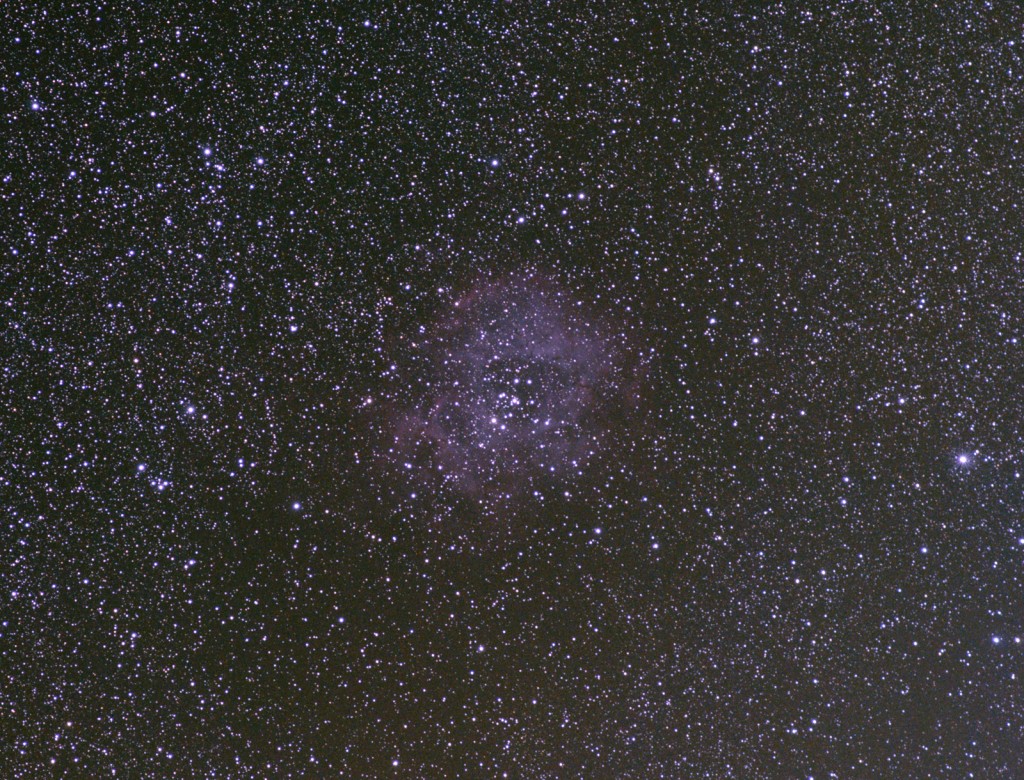Today I was surprised to see a very prominent parhelic circle (http://www.atoptics.co.uk/halo/parcirc.htm) while having lunch with friends on our terrace.
Author Archives: philipp
Sun activity on the rise
Spring Puddles
Last week’s snow has almost completely melted and the stars are reflected in the resulting puddles of meltwater.
This image is a stack of 38 individual exposures: Nikon D7000, Walimex (Ssamyang) 14mm f/2.8, 30s at f/3.2, ISO 1600. Stacked in Startrails, edited in Photoshop (airplane removal) and Lightroom.
2014-03-27 Moon and Venus
California Nebula
The California Nebula (NGC_1499) is a HII emission region in the constellation Perseus, it was discoverd by E.E. Barnard in 1884 on long exposure plates.
Because of the red color and it’s faintness it is usually only visible in photographs.
I used my unmodified Nikon D7000 camera in combination with the Nikon AF-Nikkor 85mm f/1.8 for this photograph. 11 individual exposures of 120 seconds at f/2.8 were combined using Regim by Andreas Rörig. Additional adjustments were made in Adobe Lightroom.
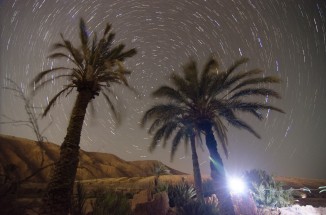
Iran 2014
Some Pictures from my trip to Iran earlier this year… Read More
Good morning Teheran
Final Test Images
Last night I did some last tests in preparation for upcoming travel.
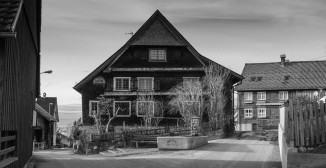
Early Spring
With the warm last few weeks it feels as if Winter has already passed and Spring is on it’s way
Active Sun
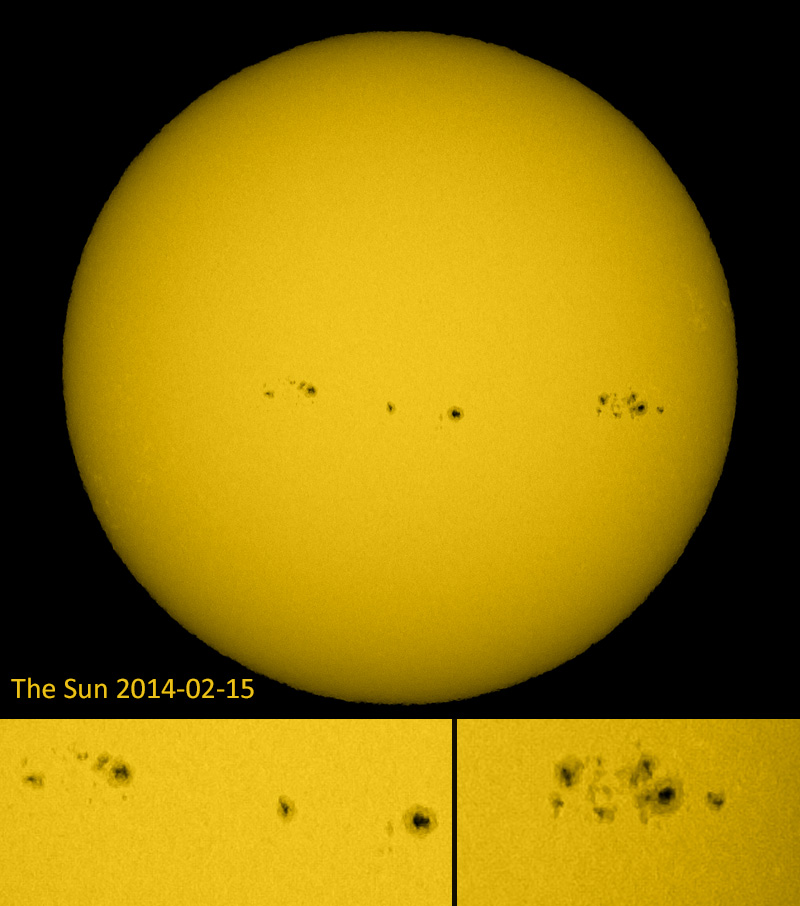 Not only the number of sunspots increases during solar maximum, also the location of the sunspots changes. From the beginning of a solar cycle (at the minimum) the location of the sunspots change from higher solar latitudes to lower solar latitudes at maximum. That means that at solar maximum the sunspots tend to group around the solar equator. The new solar cycle would be signified if a sunspot would appear nearer to the north or south solar pole. From the image below one can see that we are experiencing the solar maximum currently.
Not only the number of sunspots increases during solar maximum, also the location of the sunspots changes. From the beginning of a solar cycle (at the minimum) the location of the sunspots change from higher solar latitudes to lower solar latitudes at maximum. That means that at solar maximum the sunspots tend to group around the solar equator. The new solar cycle would be signified if a sunspot would appear nearer to the north or south solar pole. From the image below one can see that we are experiencing the solar maximum currently.
